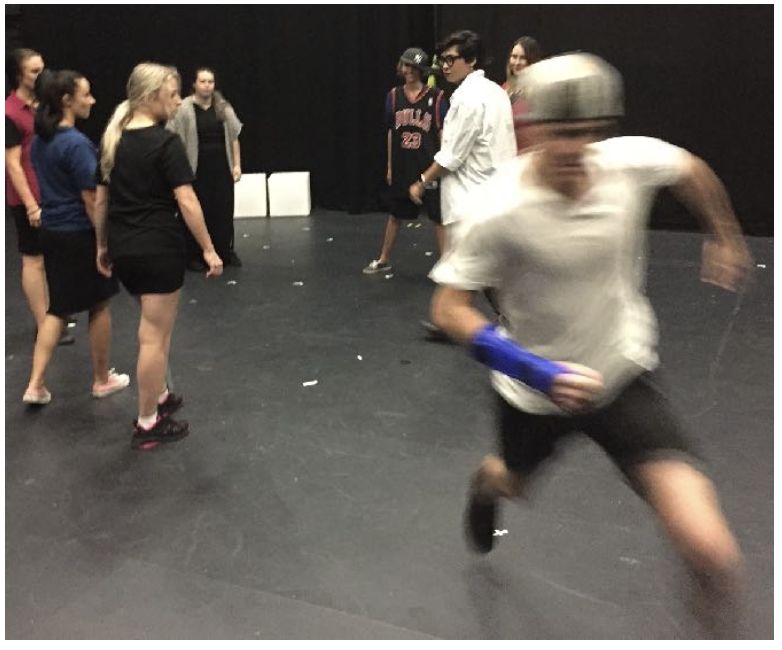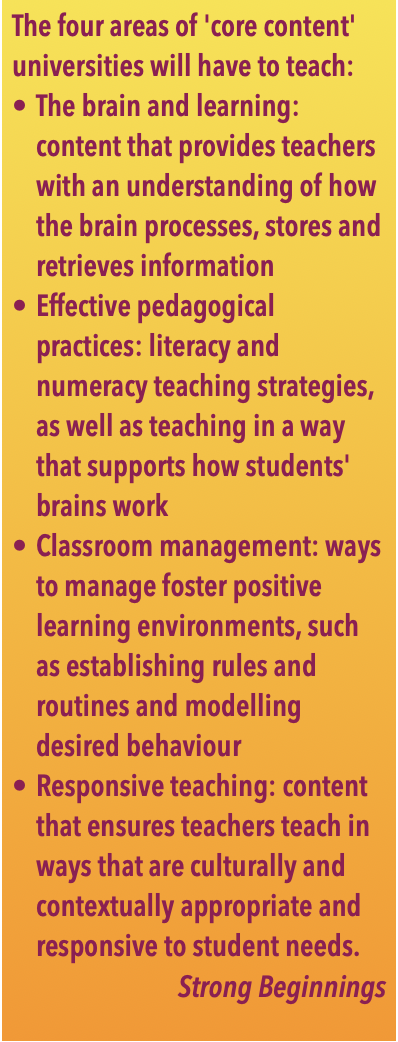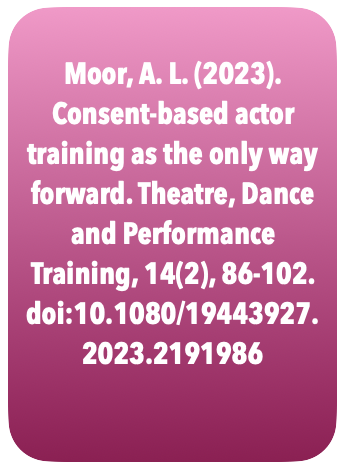Music Monday - More Covid Curiosities
/Earlier this year I wrote about a soprano in a Perth fringe show asking the audience, “Twenty years ago, who would have thought that in 2021 there would be more work for a singer in Perth, Western Australia than in London?”
Although the UK and USA are now opening up to live music performance again, here in Australia (where our state borders are still subject to closure as we try to curb the Delta variant of Covid-19) the phenomenon continues. Over the past few weeks here in Perth, there have been more performances and shows involving students and friends than I have had spare evenings to attend.
Local commercial theatres, without bookings from the national touring companies, are more open to taking local bookings. Several WA based companies have sprung up, particularly in music theatre. These companies mostly operate on a ‘pro/am’ basis; they pay some or all the performers in principal roles, but the ensemble often do it for little / no monetary reward.
There are also smaller companies who do shows on a profit-share basis.
Some graduating actors and music theatre students from WAAPA are planning to stay in Perth for the time being, seeing it as a place where there is some possibility of work. Until the pandemic that was unheard of – graduating performers always headed to the larger, more performance active cities of Melbourne and Sydney.
On a side, but connected, note – yesterday I adjudicated some vocal sections at a local, well-established eisteddfod. In chatting to the organizer at the start, he commented that the number of piano competitors was at a record-breaking high, but that they had never had so few singers. Later, as I drove home, I pondered that situation. Are all the singers in Perth now in rehearsal or performance for our plethora of shows?
There is no doubt that it is good to see a much more active local performance scene here. (That must be one of the few positives of the pandemic.) There is a much stronger sense of a local arts community.
And if we also keep our ears tuned to what is happening nationally and internationally, the future of music performance in Perth could be a healthier and more abundant one.











